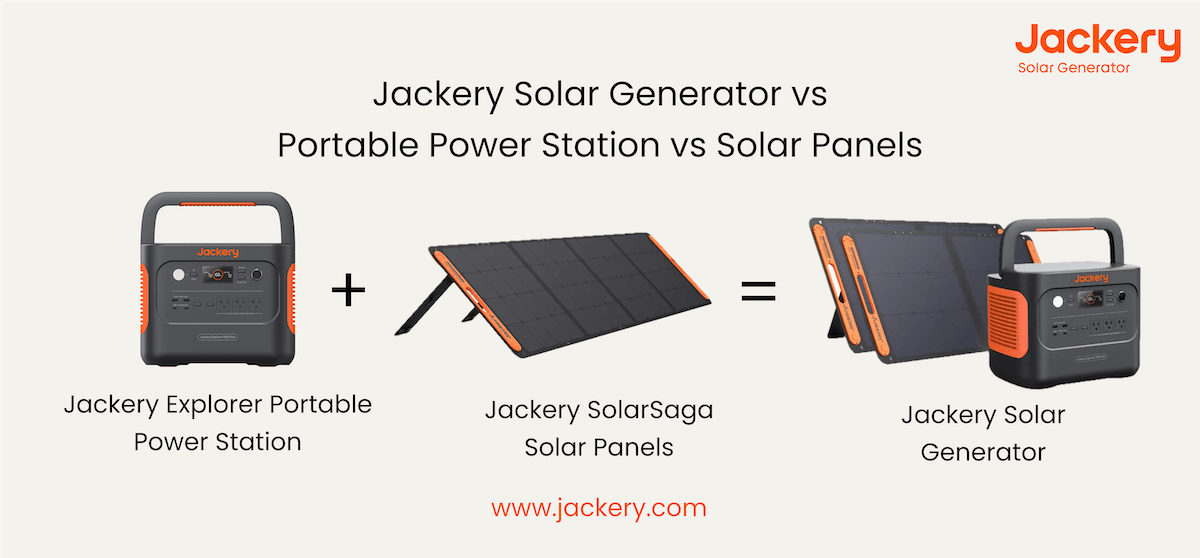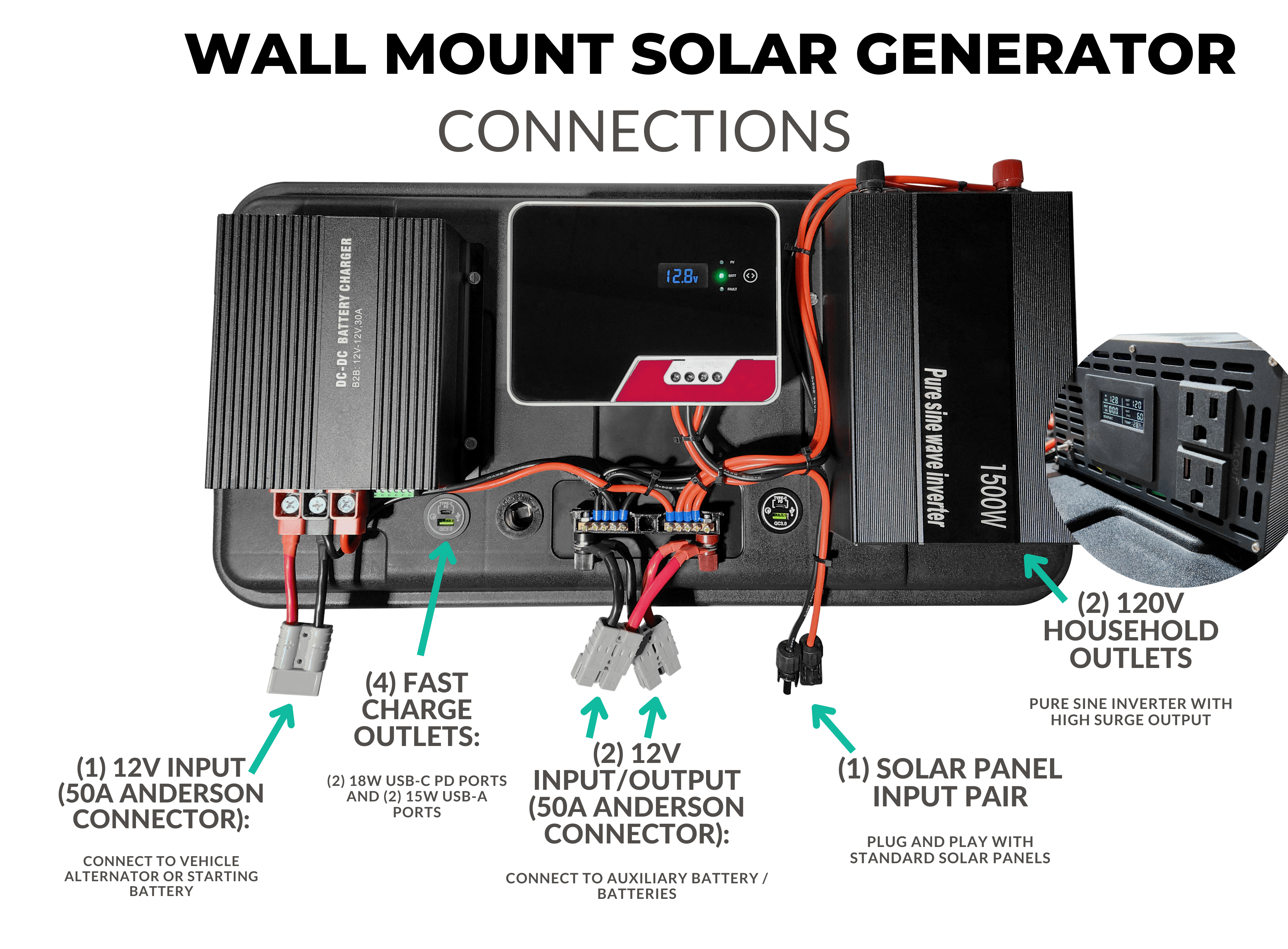Are you frustrated with power outages, looking for a sustainable energy source for camping, or wanting a backup solution for emergencies? Choosing the right solar generator can feel overwhelming. Fortunately, understanding your power needs and the features available can simplify the process. This guide will walk you through everything you need to know to pick the perfect solar generator for your lifestyle.
This comprehensive guide goes beyond just basic specs. We’ll cover how to calculate your power needs, the different types of solar generators, key features to consider, and even provide a detailed comparison of popular models. By the end of this article, you’ll be confident in your ability to select a solar generator that delivers the power and reliability you need.
Understanding Your Power Needs

Before diving into the specifics of solar generators, it’s crucial to determine how much power you actually require. This will dictate the capacity and wattage you need from your generator.
Calculating Wattage and Watt-Hours
- Wattage (Watts): This is the amount of power an appliance currently uses. Check the label on each device to find its wattage.
- Watt-Hours (Wh): This represents the total energy an appliance consumes over time. It’s calculated by multiplying wattage by hours of use (Wattage x Hours = Watt-Hours).
Example: A 60W light bulb used for 5 hours consumes 300Wh (60W x 5h = 300Wh).
Identifying Essential Appliances
Make a list of the devices you absolutely need to power during an outage or off-grid situation. Prioritize:
* Critical Appliances: Refrigerator, medical devices, communication equipment.
* Convenience Appliances: Lights, phone chargers, laptops, fans.
Add up the watt-hours for all essential appliances to determine your total energy requirement. Add a safety margin of 20-30% to account for inefficiencies and unexpected usage.
Types of Solar Generators

Solar generators aren’t actually “generators” in the traditional sense. They are essentially portable power stations that are charged by solar panels, wall outlets, or car chargers.
Portable Power Stations
These are the most common type of solar generator. They contain a battery, inverter, and charging ports. They are relatively lightweight and easy to transport.
Expandable Solar Generators
These systems offer modularity. You start with a base unit and can add extra battery packs to increase capacity as needed.
All-in-One Solar Generators
These combine the power station and solar panels into a single unit. They’re convenient but less flexible than other options.
Key Features to Consider

When choosing a solar generator, several features will impact its performance and usability.
Capacity (Watt-Hours)
This determines how long the generator can power your devices. Higher capacity means longer runtime. Consider your total watt-hour needs calculated earlier.
Output Wattage (Watts)
This indicates the maximum power the generator can deliver at any given time. Ensure it’s sufficient to run your highest-wattage appliances simultaneously.
Portability
Consider the weight and size of the generator. If you plan to transport it frequently, a lightweight and compact model is essential.
Charging Options
- Solar Input: Check the supported solar panel wattage and voltage.
- AC Input: For charging from a wall outlet.
- DC Input: For charging from a car cigarette lighter.
Ports & Outlets
Ensure the generator has the necessary ports to power your devices:
* AC Outlets: For standard appliances.
* USB Ports: For charging phones, tablets, and other USB devices.
* DC Ports: For specific devices like car refrigerators.
* 12V Output: For powering car accessories.
Battery Type
- Lithium-ion: Most common type, offering good energy density and lifespan.
- LiFePO4 (Lithium Iron Phosphate): Safer, more durable, and longer-lasting than lithium-ion, but often more expensive.
Safety Features
Look for features like:
* Overload Protection
* Short Circuit Protection
* Over-Temperature Protection
* Battery Management System (BMS)
Top Solar Generator Features: A Deep Dive
Inverter Quality
A pure sine wave inverter delivers clean, stable power suitable for sensitive electronics. Modified sine wave inverters are cheaper but can damage some devices.
Display and Monitoring
A clear display showing battery level, input/output wattage, and estimated runtime is helpful. Some models offer smartphone app connectivity for remote monitoring and control.
Expandability
Consider if you might need to increase capacity in the future. Expandable models offer flexibility.
Pro Tips for Choosing a Solar Generator
- Don’t Oversize: While it’s good to have some extra capacity, buying a generator that’s significantly larger than your needs is wasteful and expensive.
- Invest in Quality Solar Panels: The efficiency of your solar panels directly impacts how quickly you can recharge the generator.
- Read Reviews: Research different models and read user reviews to get real-world feedback.
- Consider Bundles: Some manufacturers offer bundles that include a generator, solar panels, and accessories at a discounted price.
- Check the Warranty: A longer warranty provides peace of mind.
Professional Help & Maintenance
When to Seek Professional Advice
- Complex Power Needs: If you have highly specialized power requirements.
- Off-Grid System Design: For designing a complete off-grid power system.
- Troubleshooting Difficult Issues: If you’re experiencing problems with the generator that you can’t resolve yourself.
Finding a Qualified Service Provider
Look for companies specializing in renewable energy solutions. Check online reviews and ask for references.
FAQ
Q: How long will a solar generator take to charge with solar panels?
A: Charging time depends on the size of the solar panels, the amount of sunlight, and the generator’s capacity. A typical setup might take 4-12 hours for a full charge.
Q: Can I run a refrigerator on a solar generator?
A: Yes, but it depends on the refrigerator’s wattage and the generator’s capacity. Look for energy-efficient refrigerators and ensure the generator has sufficient wattage and capacity.
Q: What size solar panel do I need?
A: Match the solar panel’s voltage to the generator’s input requirements. Higher wattage panels will charge the generator faster.
Q: How do I properly store a solar generator?
A: Store the generator in a cool, dry place. Keep it partially charged (around 50-60%) to prolong battery life.
Alternative Solutions
If a solar generator doesn’t quite fit your needs, consider these alternatives:
| Solution | Pros | Cons | Best For |
|---|---|---|---|
| Gas Generator | High power output, readily available fuel | Noisy, polluting, requires fuel storage | Construction sites, large power demands |
| Portable Battery Pack | Lightweight, affordable | Limited capacity, slower charging | Charging small devices on the go |
| Home Battery Backup System | Whole-house power backup, automatic switchover | Expensive, requires professional installation | Long-term power outage protection |
Enjoy Your New Solar Generator
Now that you’ve chosen the right solar generator, you can enjoy the peace of mind that comes with reliable, sustainable power. Remember to:
- Regularly test your generator to ensure it’s functioning properly.
- Keep your solar panels clean for optimal efficiency.
- Store the generator properly when not in use.
Following these tips will ensure your solar generator provides years of dependable service, keeping you powered through outages, camping trips, and any adventure life throws your way.
Have you successfully picked a solar generator? Share your experience in the comments below to help other readers!

